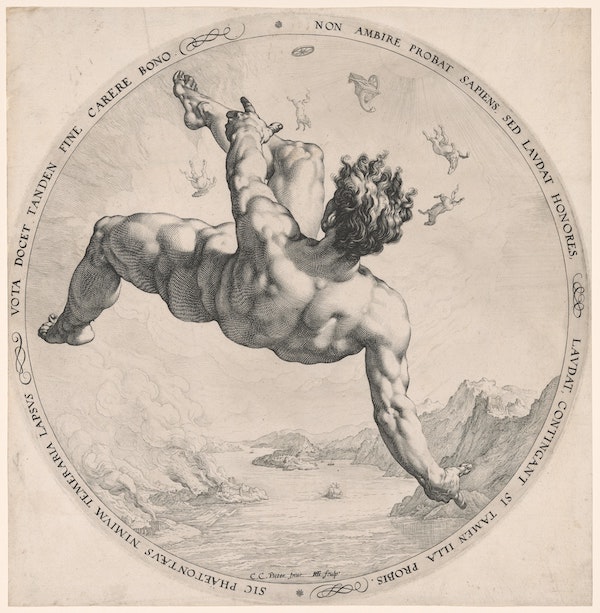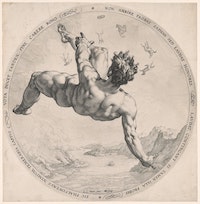
CHICAGO — The Art Institute of Chicago has acquired 1,440 Dutch Mannerist prints from the Hearn Family Foundation and the Charles Hack collection. Ranging chronologically from the 1530s to about 1650, these prints chart the history of Dutch printmaking at the period of its greatest technical and artistic sophistication. The incomparable collection, assembled during three decades, reveals all the complexity and sophistication of Mannerist art, including a virtuosic command of printmaking, unusual perspectives and proportions, and eroticism coupled with a delight in allegory and humanism.
The core of this acquisition is the work of Hendrick Goltzius (1558–1617), the most significant 16th-century Dutch artist and one of the greatest draftsmen and printmakers of his age. Also featured are works by a generation of artists who either trained with Goltzius or tried to measure up to his formidable example. His pupils — including Jacob Matham, Jacques de Gheyn, Jan Saenredam and Jan Muller, all virtuosos — provide a rich and varied context to Goltzius’s masterworks.
In addition to the donation of a rare print to the museum, The Archer and the Milkmaid, designed by Jacques de Gheyn II, Mr. Hack generously established a purchase fund that will be used to continue acquiring Dutch Mannerist prints of the highest quality.
Selections of prints from the collection will start going on regular view at the Art Institute of Chicago in galleries 212a and 213a in November. A large exhibition and publication tentatively scheduled for 2027 will celebrate the acquisition.


